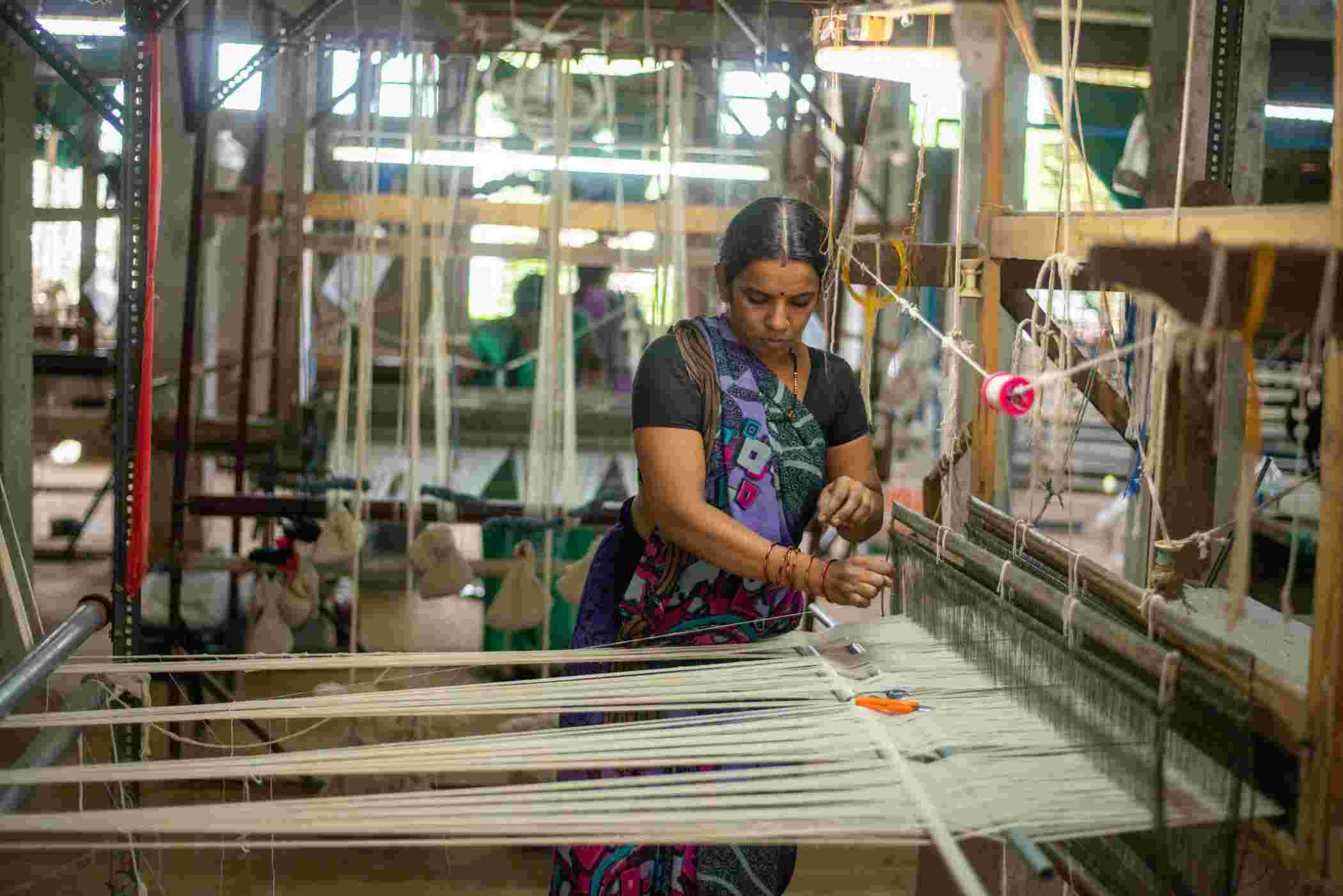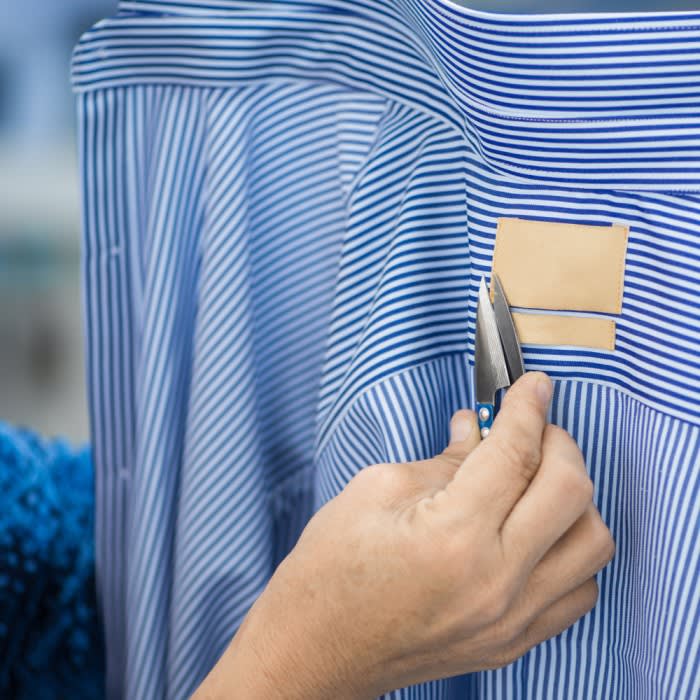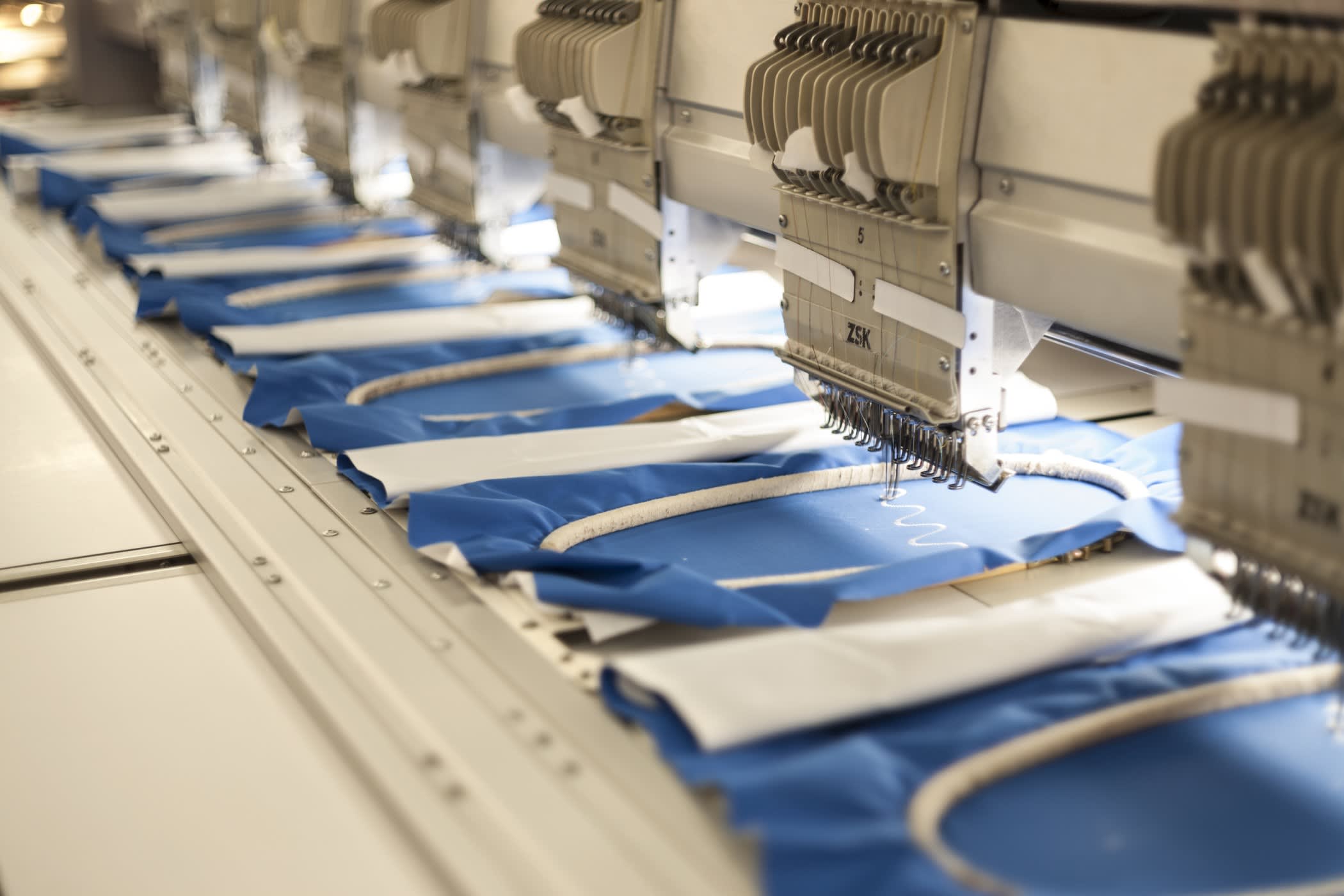Jersey - Origins, production, uses, types, environment impact



ORIGIN OF JERSEY FABRIC
Jersey is a weft-knit cloth can also be plain knit or single knit. Previously jersey fabric was made with wool, but nowadays cotton and synthetic jersey garments are gaining popularity. Jersey does not let light pass through and is extremely absorbefacient, and breathable despite its close-knit structure.

The jersey fabric was named after the island of Jersey, which is the largest landmass in the Channel Islands, located in the English Channel. This jersey fabric was used to make underwear and fishermen’s sweaters. Jersey fabric was popular in the Middle Ages, and gradually gained popularity throughout Western Europe during the Renaissance and Enlightenment periods.
Over the time, England became a major textile exporter, and by the mid-1800s, jersey fabric had become well-known enough throughout Europe and the United States to become the default fabric for men’s sports uniforms. In 1916, fashion designer Coco Chanel made the dauntless move of including jersey fabric in classy apparels. Coco Chanel’s jersey garments became universally loved, and competitive designers adopted the jersey fabric trend Coco Chanel had initiated.
PRODUCTION OF JERSEY FABRIC
Jersey can be made by hand and on flat/ circular knitting machines. These knits are lightweight and are the quickest weft knit to produce.
Each loop is drawn through the loop below it. The rows of loops form vertical lines on the face of the fabric and crosswise courses on the back.

Jersey fabric varies significantly depending on the types of fibers it contains. Jersey manufacturers take cotton, wool, or synthetic yarn and load it into an automatic knitting machine. This machine then twists and combines yarn to create the characteristic, close-knit structure of jersey fabric that looks like a latticework of twisted vertical yarns attached by untwisted horizontal yarns.
Jersey garments are dyed preceding the knitting process but sometimes manufacturers dye fabric once it is finished. Manufacturers may also apply flame retardants and other treatments to ameliorate the visual aspect or strength of jersey fabric. It’s also possible to knit jerseys by hand, but this procedure is labor-intensive and uneconomical.
TYPES OF JERSEY FABRIC
There are quite a few distinct types of jersey fabric:
Single jersey
Single jersey fabric has one flat side and one piled side. It consists of a single sheet of knit fabric. Single jersey weighs less than 140g per square meter
Interlock jersey
Interlock jersey alias double jersey consists of two sheets of jersey fabric attached along their piled sides. The resulting fabric is smooth, more insulative, durable, and flat on both sides.
Jacquard jersey
Jacquard jersey designs range from simple to complex brocade-like patterns. Manufacturers use industrial knitting machines to make these patterns.
Clocqué jersey
Clocqué jersey (French term meaning “blister”) consists of puckered, elevated patterns that textile manufacturers create with knitting machines.
Stretch jersey
Stretch jersey features an ordinary jersey fabric material, such as wool or polyester, combined with spandex or any other elastic fiber.
Slub jersey
Slub jersey is made up of a textured pattern by using irregular slub yarn in the process of weaving jersey fabric.
USES OF JERSEY FABRIC

Manufacturers use jersey fabric to make garments like hosiery, t-shirts, polo shirts, sweatpants, athletic wear, and undergarments. Many athletic shirts, tank tops, and shorts are made up of jersey fabric. Manufacturers may use definite types of jersey for more heavy-duty applications.
Owing to its softness, it has also been made its place in the home furnishings market and is used for bedding and slipcovers. Manufacturers use jersey fabric to make bed sheets, pillowcases, and blankets.
EXPORTERS/IMPORTERS
The largest jersey textile exporting and producing countries nowadays are Australia and China.
ENVIRONMENTAL IMPACT
Jersey may or may not be biodegradable depending on what fibers are used. It is 100% biodegradable in a span of 1-5 years if natural untreated fibres are used and it may take up to 200 years for synthetic textiles such as polyester to decompose.
No animals ate killed or harmed if 100% organic cotton or wool is used. If non-organic cotton is blended with pesticides, it may harm and kill wildlife and ecosystems by contaminating soil, water, air and plants that animals eat.



















